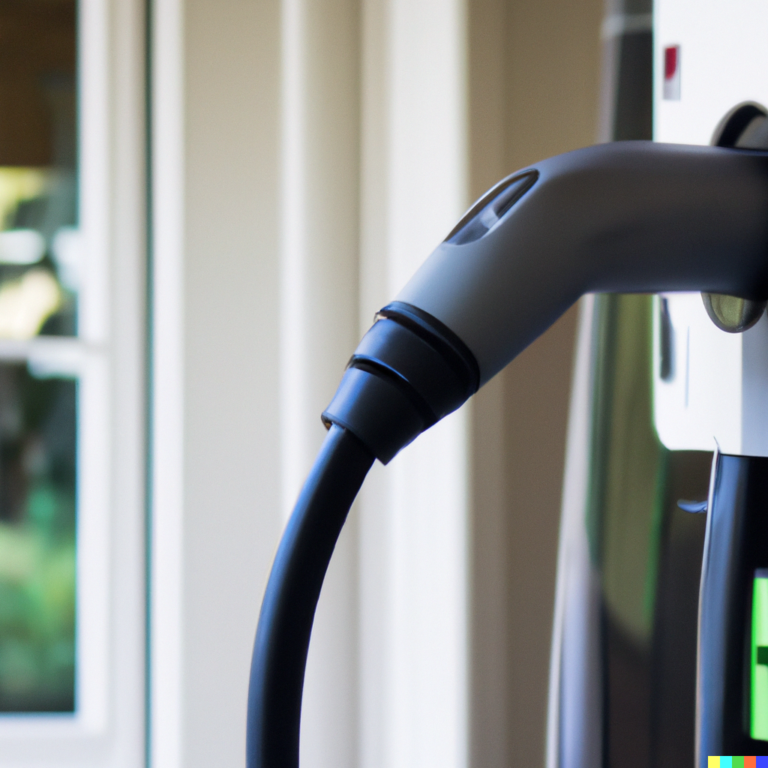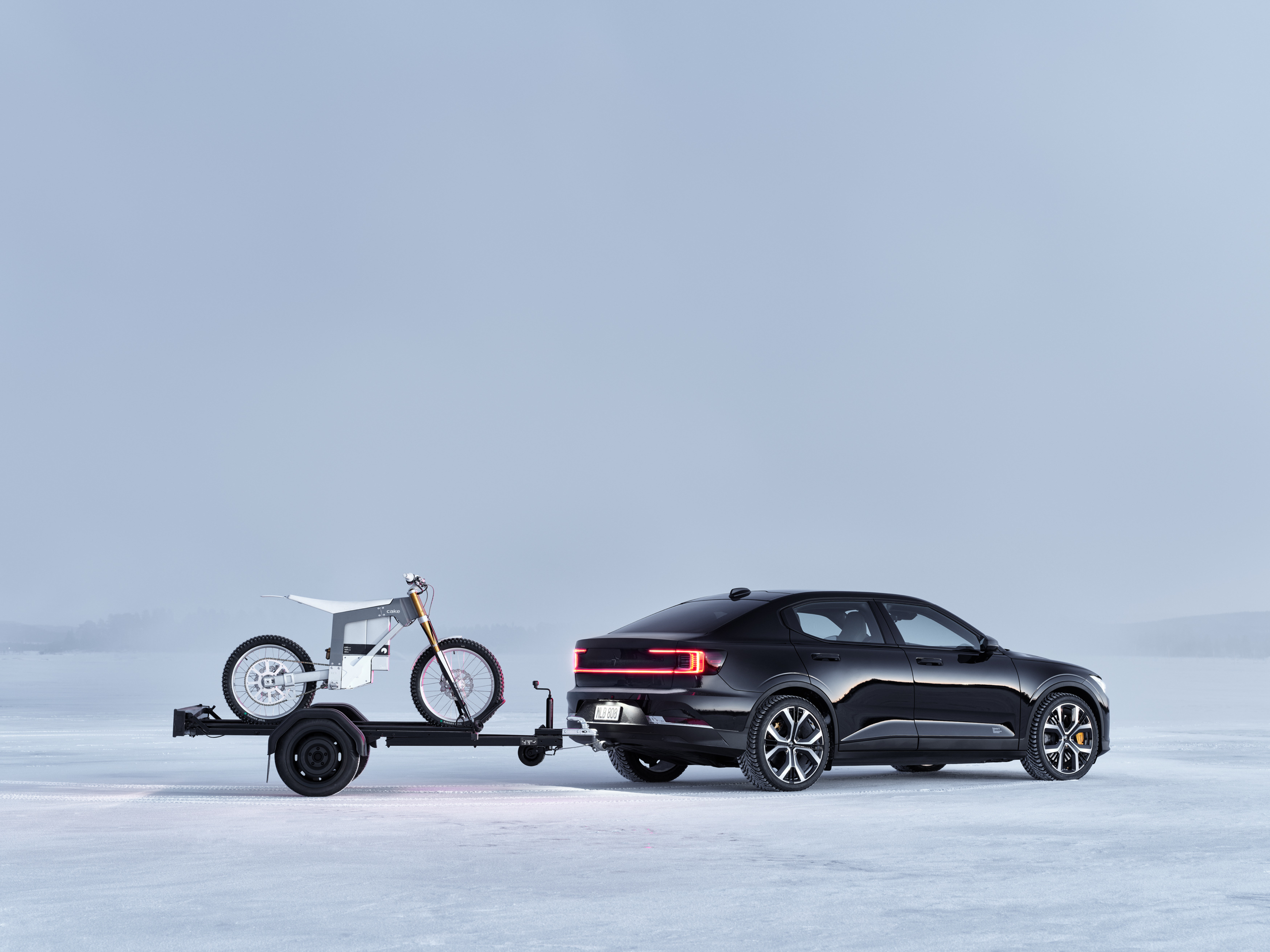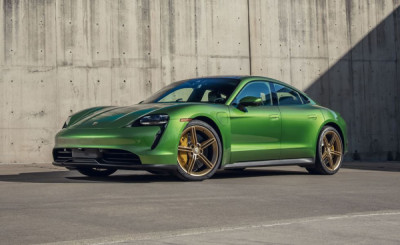
Ford has a lineup of hybrid and electric cars, trucks, and SUVs that are some of the most fuel-efficient vehicles on the road. They have advanced fuel-saving technology that allows them to operate in electric mode, gas mode, or a combination of both, depending on what is most efficient at the time. This makes them more environmentally friendly and can help save money on fuel costs. The plug-in hybrid vehicles can be recharged in a significantly shorter amount of time than many other types of electric vehicles; in fact, most models can be fully recharged in less than three hours using a 240-volt outlet. This is a major advantage for drivers who are looking to switch to an electric vehicle but are concerned about the amount of time it takes to recharge. The all-electric vehicle revolution is coming—and it’s happening at Ford. The iconic American brand now offers two electrified models: the Mustang Mach-E and F-150 Lightning. With these cutting-edge vehicles, Ford is setting a new standard for sustainable transportation. Both cars are fast, efficient, and environmentally friendly. The Mustang Mach-E is a great choice for those who want a sporty car that is also eco-friendly. The F-150 Lightning is perfect for those who need a truck that can haul heavy loads but still get great mileage.
Battery Electric Vehicles (BEV):
The power for a Battery Electric Vehicle (BEV) comes from an electric battery, instead of a gas engine. BEVs don’t have any gas engine parts, and they run solely on electricity. BEVs are frequently referred to as Electric Vehicles (EVs). A battery electric vehicle (BEV) must be plugged into an electric power source to charge the battery, in contrast to a regular gas engine which does not require this.
All Ford BEVs are equipped for fast charging, so the driver can charge up quickly and be back on the road again shortly. BEVs rely on electricity to power the motor, which is drawn from a battery pack. Battery electric vehicles don’t produce harmful tailpipe emissions or air pollution dangers that are commonly caused by gasoline-powered vehicles, and as a result, they are considered to be zero-emissions vehicles. The batteries are recharged by plugging the car into an electric outlet or charging station. Ford also makes it easier to charge your vehicle by offering a network of simple charging methods whether you’re at home or on the road. With this network, you can easily and conveniently charge your Ford vehicle so that you can keep driving it for miles and miles. BEVs help to reduce our overall reliance on fossil fuels, and can ultimately lead to a cleaner and healthier environment for both current and future generations.
The all-new electric vehicles from Ford are designed to offer drivers an efficient and thrilling driving experience. By harnessing the power of electricity, these cars will be able to accelerate quickly and smoothly, providing a truly unique and exciting ride. In addition, they will be very environmentally friendly, helping to reduce pollution and conserve resources. The energized performance can be seen in the Ford Mustang Mach-E, 2022, Ford F-150 Lightning, and the 2022 Ford E-Transit. These cars are sure to make a splash in the coming years, so keep an eye out for them on the roads! When making the move to a Battery Electric Vehicle, keep in mind that there are several positive aspects that may make the switch seem seamless. For example, there are minimal scheduled maintenance costs when compared with a traditional petrol or diesel cars. There may also be available tax incentives and other programs that can help offset the cost of purchasing an electric vehicle.
Hybrid Electric Vehicles (HEV):
A Hybrid Electric Vehicle (HEV) is a low-emission vehicle that uses an electric motor to assist the gas-powered engine. Unlike the Battery Electric Vehicle (BEV), an HEV does not rely solely on electricity to power the vehicle. Instead, the electric motor supplements the gasoline engine, providing additional power and torque when needed. This results in increased fuel efficiency and lower emissions, making the HEV an attractive option for eco-conscious consumers. A hybrid vehicle is a great option for city drivers who want to switch between the two—or sometimes a combination of both—to optimize their drive. Gas engine and regenerative braking recharge the battery, so you don’t have to plug it in.
Ford hybrid vehicles feature innovative and intelligent technology to offer exceptional driving convenience. This means you can enjoy all the benefits of a hybrid car without having to worry about charging the battery. The Ford Hybrid lineup consists of the Ford Fusion, Ford Escape, Ford Explorer, and the All-New 2022 Ford Maverick. These vehicles offer excellent fuel economy without sacrificing power or performance. The Fusion is a great choice for those who want a sedan that’s both efficient and stylish. The Escape is perfect for families who need a reliable SUV for their daily commute. The Explorer is ideal for those who want a spacious SUV with impressive towing capacity. And the All-New 2022 Ford Maverick is perfect for those who need a versatile truck that’s also highly fuel-efficient.
Plug-in Hybrid Electric Vehicles (PHEV):
The Plug-in Hybrid Electric Vehicle (PHEV) is similar to a Hybrid Electric Vehicle (HEV) in that it is equipped with a larger battery and electric motor. However, the PHEV can be plugged into an external power source, which allows the battery to be recharged. This rechargeable feature makes the PHEV a more environmentally friendly and efficient option than the HEV. A plug-in hybrid electric vehicle (PHEV) needs to be plugged in to charge the battery, but can also recharge its battery through regenerative braking. Regenerative braking is a type of energy recovery system that converts the kinetic energy of a moving vehicle into electrical energy, which is then stored in the vehicle’s battery. PHEVs, or plug-in hybrid electric vehicles, have a much longer all-electric range than regular hybrids. Regular hybrids typically have a range of 1-2 miles before the gasoline engine turns on, while PHEVs can travel anywhere from 10-40 miles before their gas engines provide assistance.
If a PHEVs all-electric range is drained, the PHEV acts as a regular hybrid and can travel on a tank of gasoline. Plug-in hybrids offer a unique blend of electric and gas power, giving you the best of both worlds. With an electric mode, you can save money on fuel while still enjoying the convenience of a traditional gasoline engine. This mode will allow you to drive with the peace of mind of a gas-engine backup, in case you ever need it. PHEV vehicles also feature convenient plug-in charging to extend your all-electric range. The Ford Fusion and the Ford Escape come in a PHEV option. This allows you to charge your vehicle at home or on the go, giving you even more freedom to choose how and when you drive.



